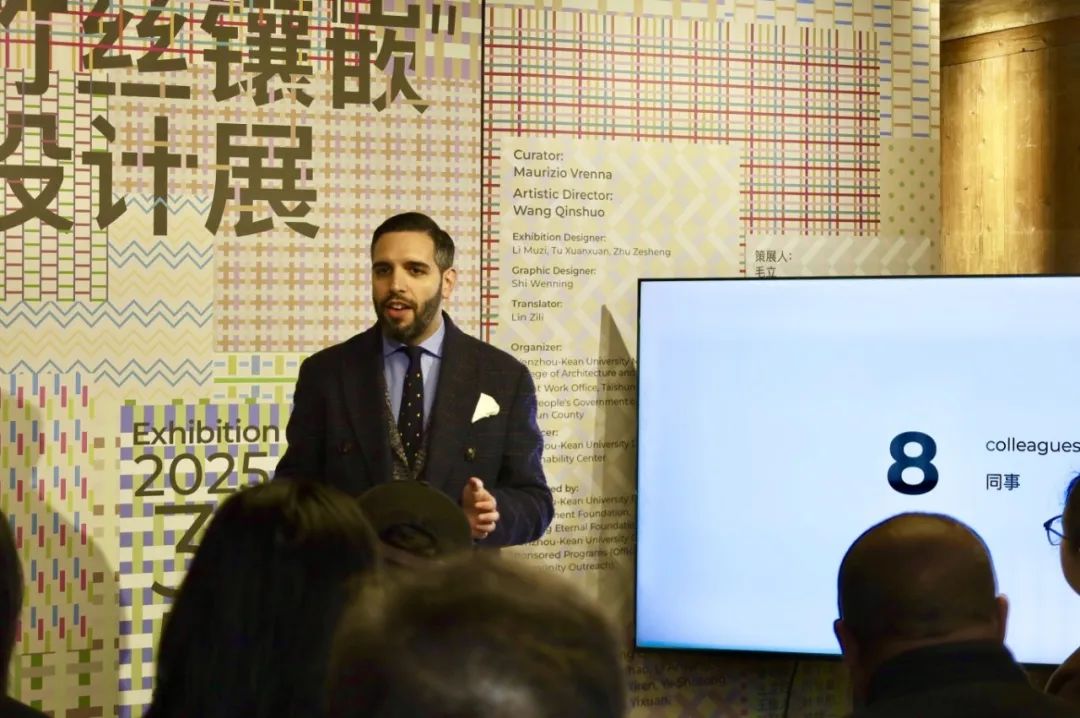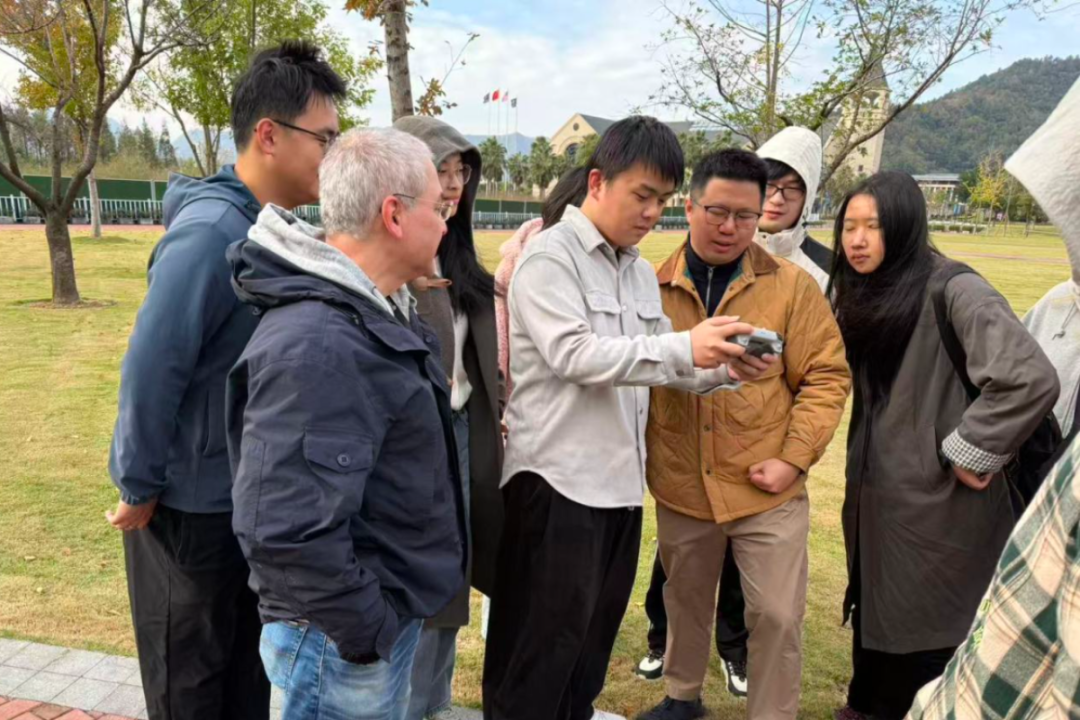Modern Bamboo Inlay: Reviving Intangible Heritage Through Youthful Innovation
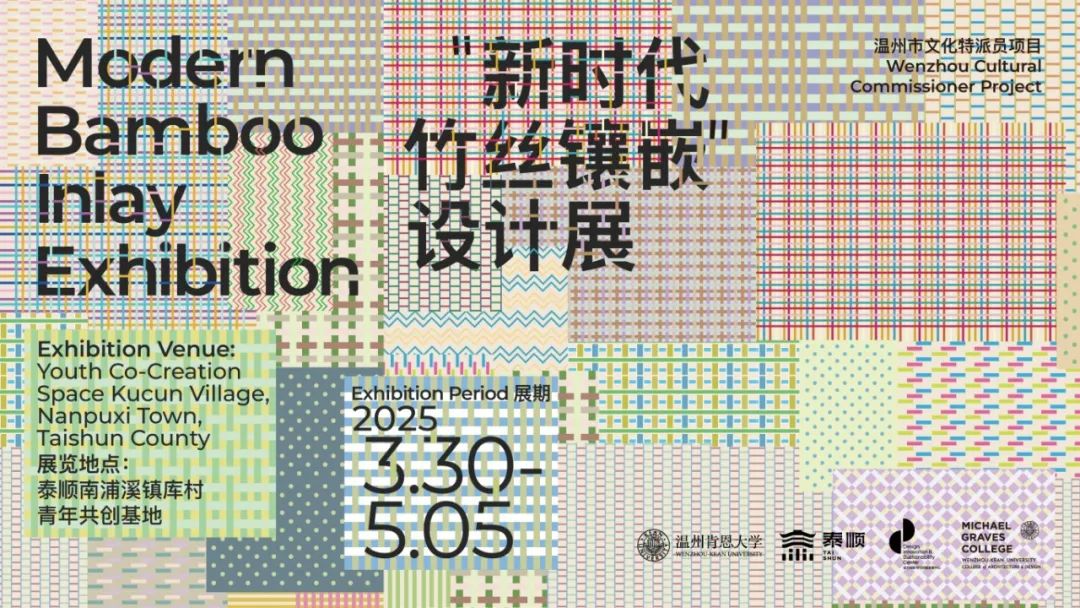
What happens when American university students and faculty meet local heritage artisans? How have Wenzhou-Kean students helped preserve traditional crafts while also creatively innovating them over the past two years?
On March 30, the “Modern Bamboo Inlay” design exhibition opened in the village of Kucun, located in Nanpu Creek Town, Tahishun County. Hosted by Wenzhou-Kean University’s Michael Graves College of Architecture and Design, in partnership with the Nanpu Creek Town Government and Taishun County Talent Office, the show gave a fresh, modern spin on an ancient craft. Instead of a typical gallery, organizers chose the village itself as the venue, turning the exhibition into a living cultural experience rooted in tradition and place.
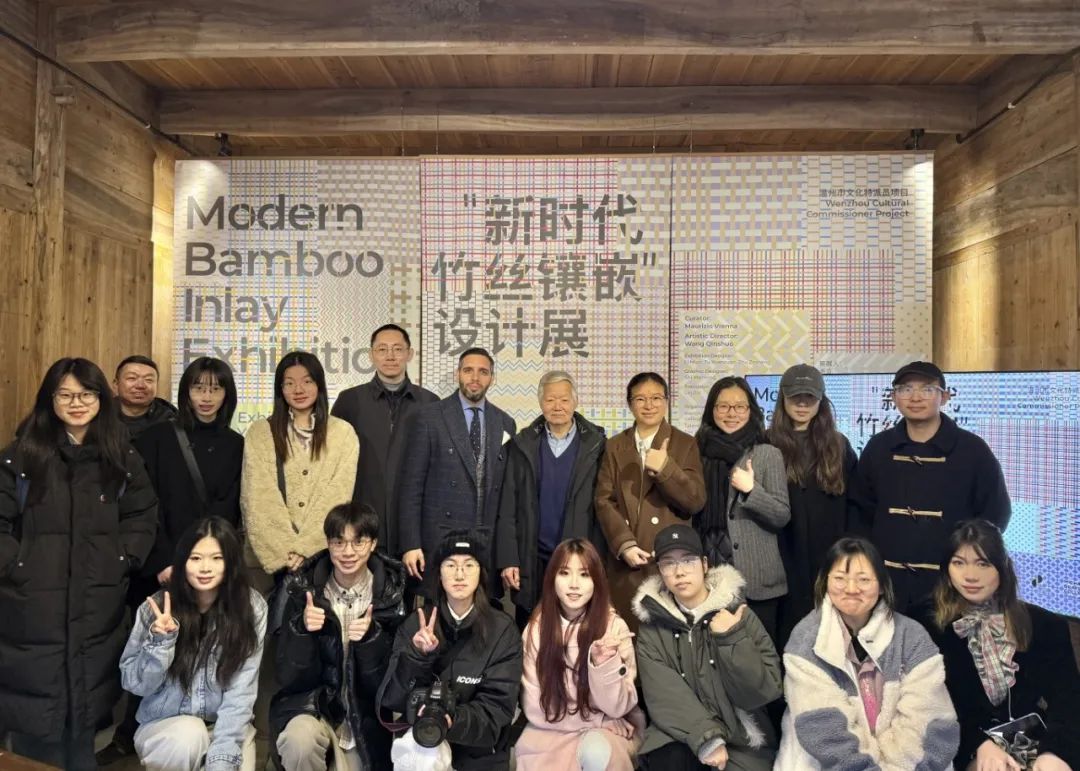
Creative Works:
Tradition Reimagined by a New Generation
The exhibition features nine innovative works created by students. Some works draw from cultural legends, like the story of “Liang Zhu”, using translucent 3D-printed acrylic butterfly wings. Others push the material boundaries by replacing natural bamboo with bright neon acrylic, creating a striking new visual. From wireless chargers to decorative shelves, these designs show how bamboo inlay is still relevant in today’s world.Top of FormBottom of Form
Wang Yiren, a senior student majoring in Graphic Design, presented her delicate work Rainbow, a vibrant reinterpretation of traditional patterns made from stacked layers of colorful acrylic. “I want people to experience the emotional richness of Chinese design in a new way,” she said.
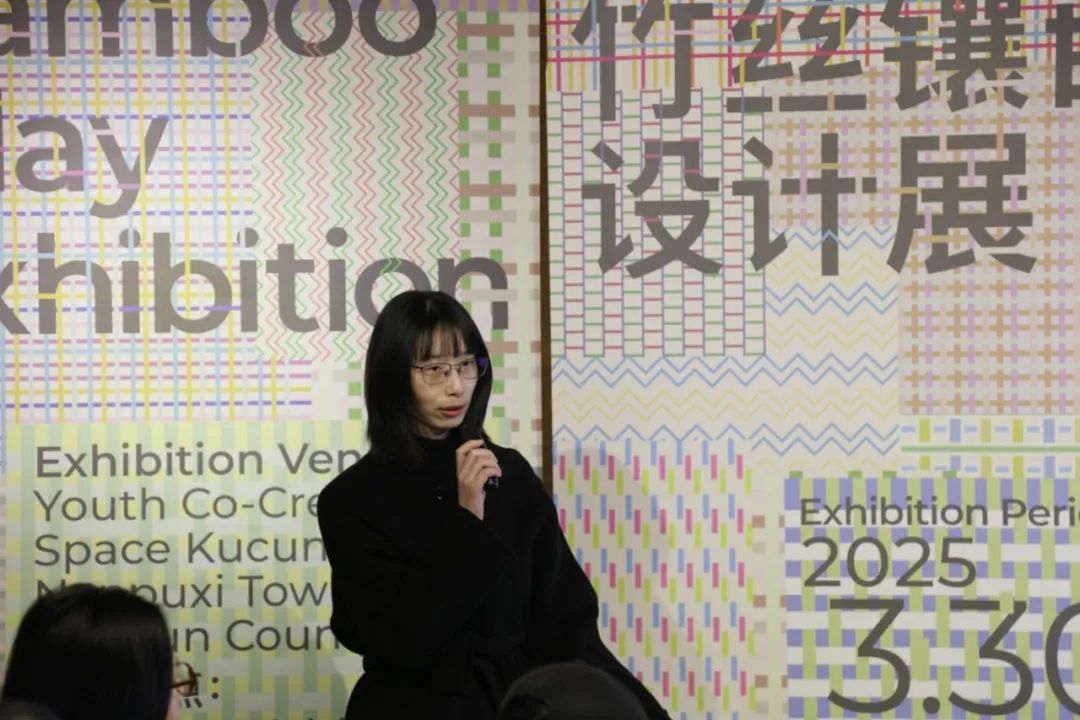
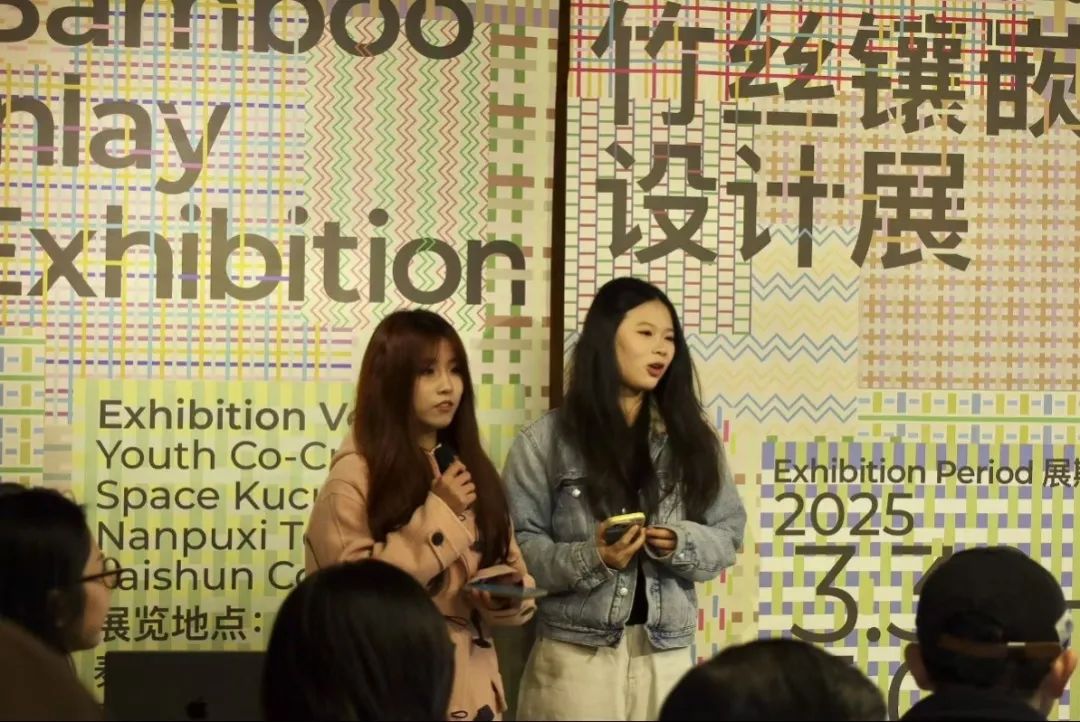
Another standout was Shaking Wind, a handbag designed by Students Wang Sijue and Li Antong. It blends steel, fabric, and bamboo inlay patterns to bring tradition into modern fashion.

In contrast, Master Zhang’s traditional works were also on display—featuring intricate Fangsheng patterns carved into leaf wax stones, showcasing the original beauty and precision of the craft. The contrast between the students’ bold works and Zhang’s traditional crafts sparked creative perspectives and a subtle but powerful conversation between generations.
From Preservation to Innovation:
Empowering the Future of Intangible Heritage
Bamboo filament inlay is a traditional craft recognized as an intangible cultural heritage in Zhejiang Province. It involves delicate work, using thin bamboo strands to create patterns and pairing them with carved leaf wax stone and jade, showcasing themes regarding landscapes, flowers, and birds. Today, only a few artisans carry on the tradition. Among them is Master Zhang Jinda, now nearly 80 years old, known as one of the most skilled and dedicated inheritors.
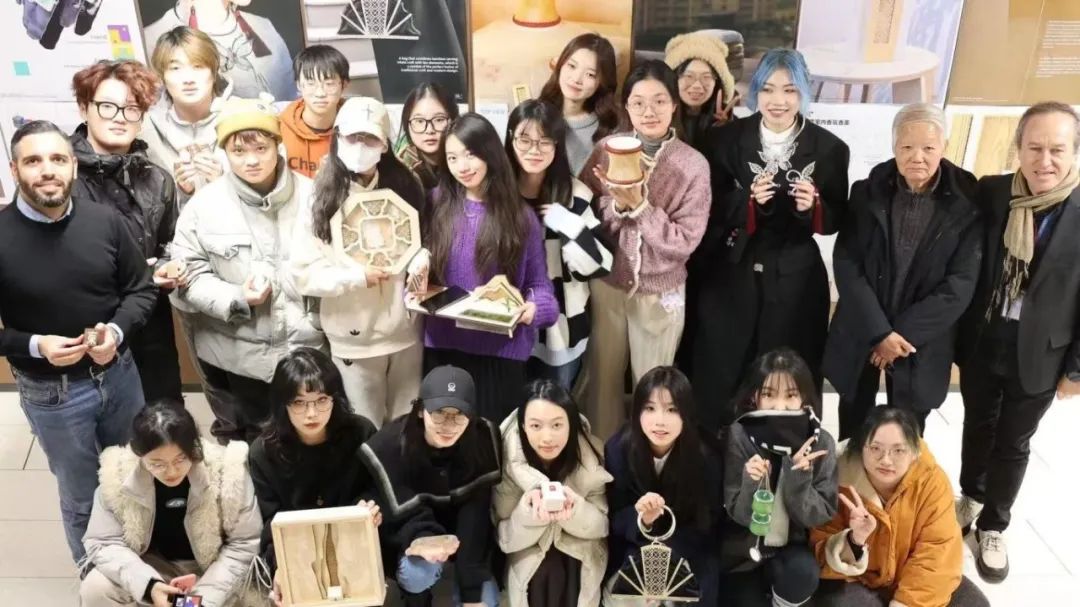
In March 2023, Professor Maurizio Vrenna of Wenzhou-Kean University discovered this rare art of bamboo filament inlay at a do-it-yourself activity titled “Light and Shadow together with Bamboo.” Inspired by the complexity of the technique and the dedication of Master Zhang, he started a long-term collaboration. He introduced the traditional cultural heritage into the classroom by integrating it into his Product Design Studio II course.
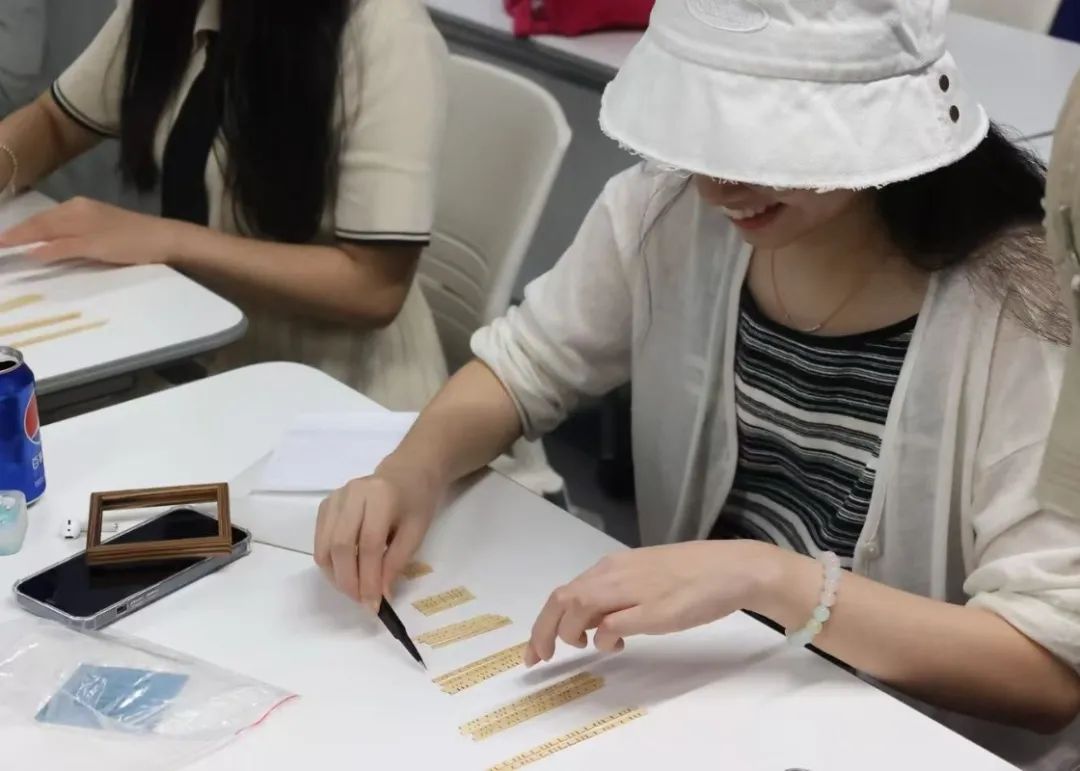

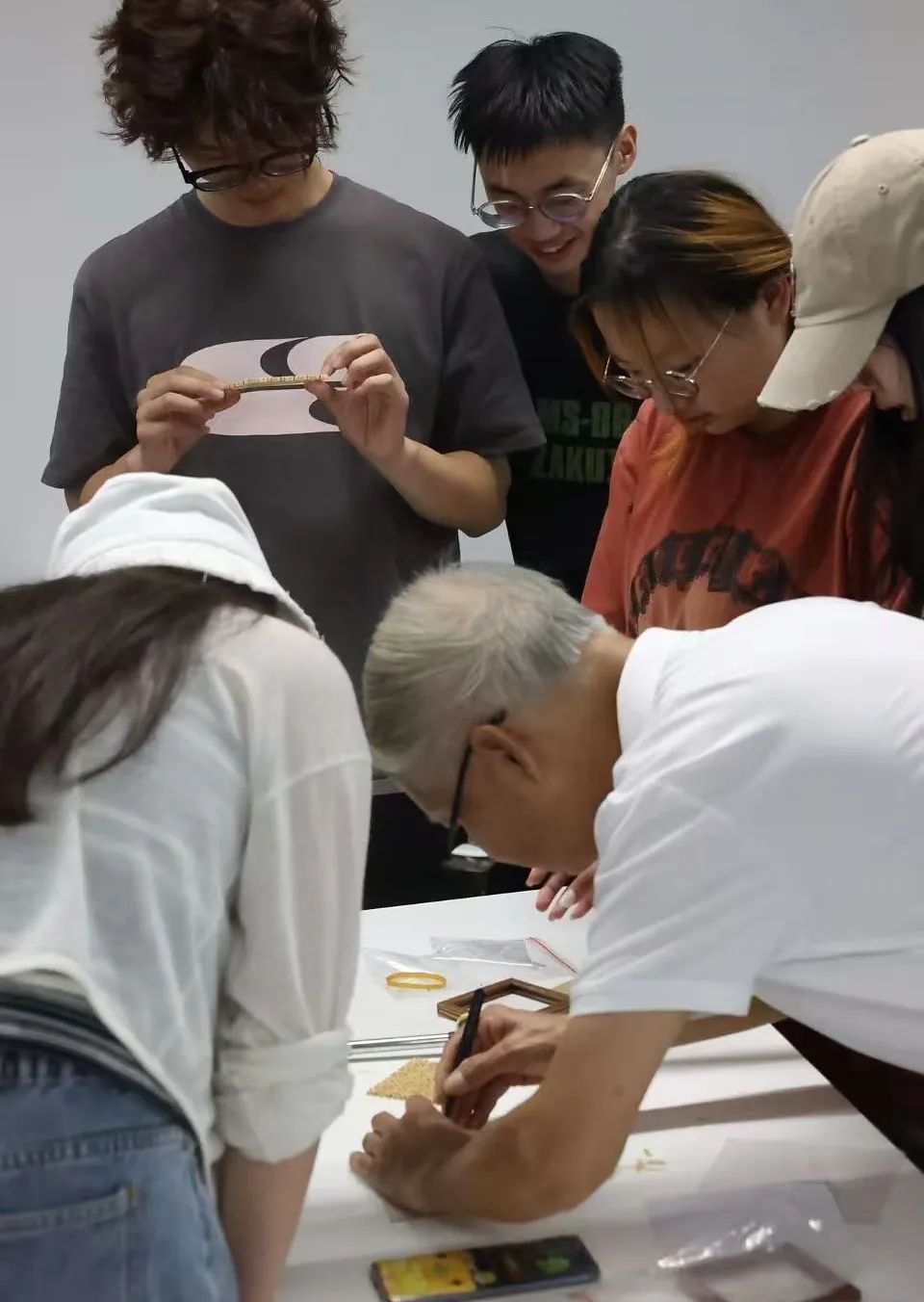
Over 13 weeks, students have explored the origins behind the patterns, learned traditional inlay skills, experimented with materials, and redesigned modern prototypes. Along the way, they transformed from curious observers into active participants who are preserving and evolving intangible cultural heritage.
Throughout the project, Master Zhang played a role as a mentor, leading workshops and providing feedback to the students. His guidance helped the students understand not only the logic behind bamboo inlay but also the stories behind the patterns. “Their creativity truly impressed me,” he remarked. “They’re not just learning skills. They’re thinking deeply about how to infuse this traditional craft new meaning.”
During the workshop, Master Zhang stated, "We don't aim to merely replicate the past. Instead, we want to enable young people to articulate these traditions in their own way, ensuring they remain vibrant in their era."
Rural Revitalization through Creative Collaboration
Aftter the opening of the exhibition, a bamboo inlay workshop welcomed visitors of all ages to experience the intricate process. Accompany by their parents, children tried to assemble bamboo filaments onto wooden coasters.
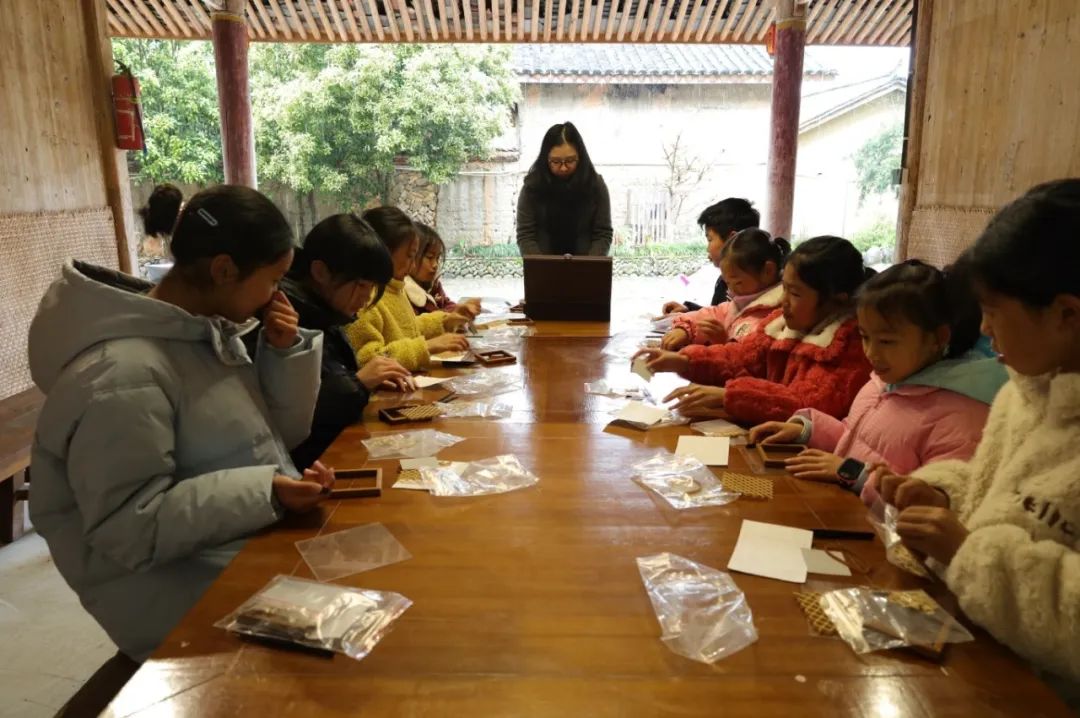
By holding the exhibition in Kucun Village instead of a typical gallery, the project redefines how design engages with place and community. The event breathed new life into a historic site, transforming it into a space of learning, creativity, and rural tourism.
Wang Shanshan, Party Secretary of Nanpuxi Town, emphasized the mutual benefit of this project. “Young designers brought energy and ideas, while the village offered heritage, warmth, and a sense of belonging. This is a two-way exchange, and it’s how intangible culture thrives.” She spoke. The exhibition also aligns with Wenzhou-Kean University’s focus on regional engagement. In recent years, Michael Graves College has also launched several projects across Wenzhou, such as the “Marine Garden” design-build project in Dongtou, the renovation of Zeya market, and the efforts to revive traditional handmade paper. Each of these projects explores and showcases how global design education can empower local cultural identity.
The “Modern Bamboo Inlay” exhibition will remain open until May 5, 2025, inviting visitors to experience how craftsmanship, creativity, and community can shape the future of tradition.
